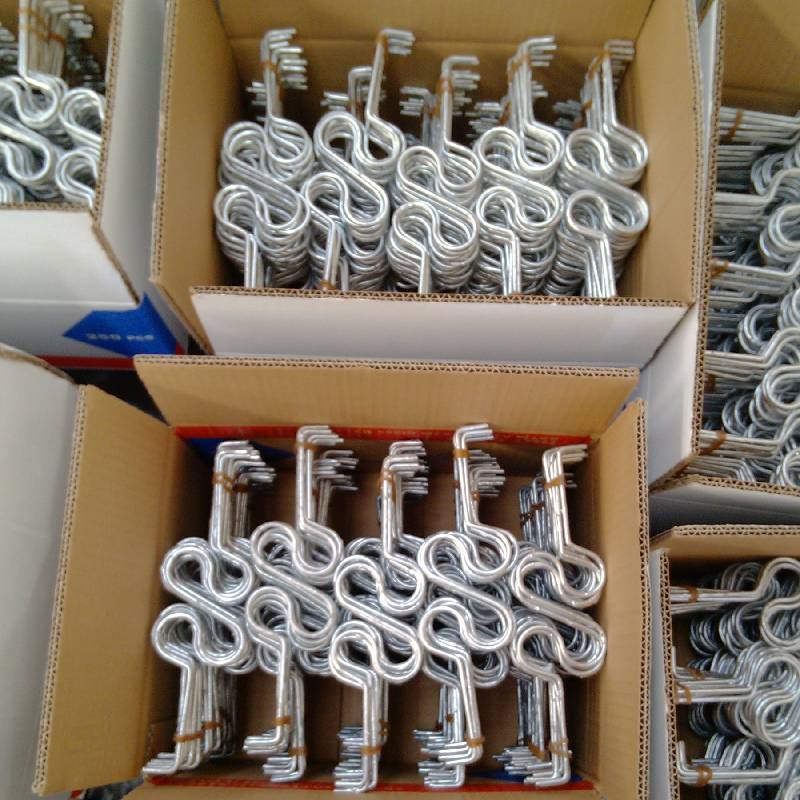
- Mobile Phone
- +8613931874955
- sales@cntcmetal.com
Chicken Wire Applications for Enhancing Brick Wall Structures and Aesthetics
Chicken Mesh for Brick Walls A Practical Guide
When constructing or renovating a property, particularly in a garden or agricultural setting, many homeowners and builders seek practical solutions that enhance stability and functionality. One such solution that has gained popularity is the use of chicken mesh for brick walls. This versatile material offers numerous applications, from providing structural support to serving as protective barriers. In this article, we will explore the benefits, applications, and installation techniques of chicken mesh in brick wall projects.
What is Chicken Mesh?
Chicken mesh, also known as poultry netting or wire mesh, is a hexagonal wire mesh typically made from galvanized steel. It is primarily used in agriculture for the containment of poultry, but its versatility extends far beyond this application. The mesh is durable, flexible, and easy to work with, making it an excellent choice for various construction projects, particularly those involving brick walls.
Benefits of Using Chicken Mesh for Brick Walls
1. Structural Reinforcement One of the primary benefits of incorporating chicken mesh into a brick wall is the added structural reinforcement it provides. When embedded within the mortar, the mesh helps distribute stress evenly across the wall, preventing cracks and deterioration over time.
2. Enhanced Drainage Chicken mesh allows water to pass through while preventing soil from washing away. This is especially beneficial in areas prone to heavy rainfall, as it helps maintain the integrity of the brick wall and reduces the risk of moisture damage.
3. Pest Control Chicken mesh acts as a barrier against pests. By incorporating it into brick walls, you can deter rodents and other small animals from nesting or burrowing into your garden space. This is crucial for maintaining a healthy garden and protecting plants from nibblers.
4. Plant Support For gardeners, chicken mesh can serve as a trellis system for climbing plants. When affixed to a brick wall, it provides adequate support for vines and other plants, allowing them to grow upwards and maximize vertical space.
5. Cost-Effective Solution In comparison to other reinforcement materials, chicken mesh is relatively inexpensive and widely available. This affordability makes it an attractive option for those looking to enhance their brick walls without overspending.
chicken mesh for brick wall

Installation Techniques
Installing chicken mesh in brick wall construction is a straightforward process that can be done in a few simple steps
1. Prepare the Surface Ensure that the brick surface is clean and free of debris. This step is critical for the proper adhesion of the mortar.
2. Cut the Chicken Mesh Measure the height and width of the brick wall and cut the chicken mesh accordingly. Ensure that you have enough overlap for effective fastening.
3. Apply Mortar Spread a layer of mortar on the brick surface where you plan to install the mesh. The mortar acts as an adhesive, securing the mesh to the wall.
4. Position the Chicken Mesh Carefully lay the chicken mesh onto the mortar, pressing it down firmly. Ensure that it is straight and free of wrinkles.
5. Embed and Smooth Add another layer of mortar over the chicken mesh, embedding it fully. Use a trowel to smooth the surface and ensure proper coverage.
6. Curing Allow the mortar to cure according to the manufacturer's instructions. This step is crucial for the long-term durability of the installation.
Conclusion
Incorporating chicken mesh into brick wall construction is an innovative solution that offers numerous benefits for homeowners and builders alike. From providing structural support to serving as a deterrent for pests, its versatility is unmatched. With simple installation techniques, chicken mesh can transform your brick walls into sturdy, functional, and aesthetically pleasing features in your property. Whether you are building a new wall or renovating an existing one, consider the practical advantages of chicken mesh for your next project.
share:
-
Why Sacrificial Formwork Is Redefining Underground ConstructionNewsJun.06,2025
-
The Structural Dynamics of Modern Concrete: How Snake Spacers Revolutionize Flexible ReinforcementNewsJun.06,2025
-
Snake Spacers Smart-Lock Concrete Reinforcement with Surgical PrecisionNewsJun.06,2025
-
Snake Spacers: Reinforcement Precision for Modern Concrete ProjectsNewsJun.06,2025
-
Snake Spacers Powering Concrete's Structural DNANewsJun.06,2025
-
Slither into Success: Snake Spacers' Precision Bite for Unbreakable ReinforcementNewsJun.06,2025
-
Sacrificial Formwork: Building Stronger, Faster, and Safer StructuresNewsJun.06,2025



















